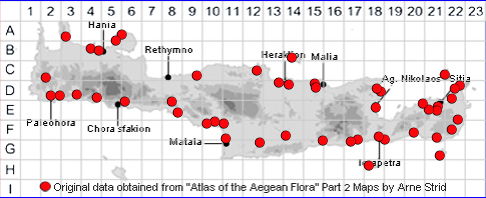
SPECIES DESCRIPTION
CHENOPODIASTRUM MURALE
Family and Genus:- See-Amaranthaceae
Common Name:- Nettle-leaved goosefoot
Homotypic Synonyms:- Anserina muralis, Atriplex muralis, Chenopodium
murale.
Meaning:- Chenopodiastrum (Gr) Goose-foot.
Murale (L) Growing on walls, of the walls.
General description:- Herbaceous annual.
Stems:-
1) (3-) 10-90 cm, usually erect, often much-branched at the base.
a) branches ± erecto-patent, lowermost subopposite, yellowish to green-striate,
rarely tinged red.
Leaves:-
1) 1-8(-I0) cm long.
a) uppermost, lanceolate, sometimes entire.
b) blade, longer than or equalling the petiole, thin to somewhat fleshy,
broadly triangular-ovate to rhombic, coarsely dentate, with slightly
incurved teeth, attenuate) to truncate at the base, acute to obtuse. olive-
green,
yellowish or tinged reddish, ± farinose.
Flowers:-
1) Inflorescences, terminal and axillary, mostly leafy, divaricately ranched, branches
short, with small, ± densely arranged in glomerules.
2) Flowers, hermaphrodite, sometimes female.
3) Perianth segments, 5, connate below the middle, prominently keeled near the
apex, vesicular-hairy, green or turning red, persistent.
4) Stamens, 5.
5) Stigmas, 2.
6) Pericarp, prominently papillose, firmly adherent.
Fruit:-
1) Seed, 1.2-1.4 mm, horizontal, roundish-lenticular, acutely keeled at the edges.
black.
a) testa, with conspicuous non-elongated pits.
Key features:-
1) Plant not smelling strongly of decaying fish.
2) Leaves, often ± dentate or lobed, not at all 3-lobed.
3) Seeds, with acute margins.
4) Testa, with minute, very close, rounded pits.
5) Perianth segments, with a prominent green or red dorsal swelling near the apex.
6) Pericarp, firmly adherent.
Habitat:- Weed of gardens, ruderal habitats, ditches, streambanks and open
woodland. 0-400(-1000) m.
Distribution:- Throughout Greece, mainly in coastal areas, possibly native to the
Mediterranean region and SW Asia, now almost a cosmopolitan weed. On Crete
widely scattered around the coastal regions.
Flowering time:- Mar-Nov.
Photos by:- Zacharias Angourakis
